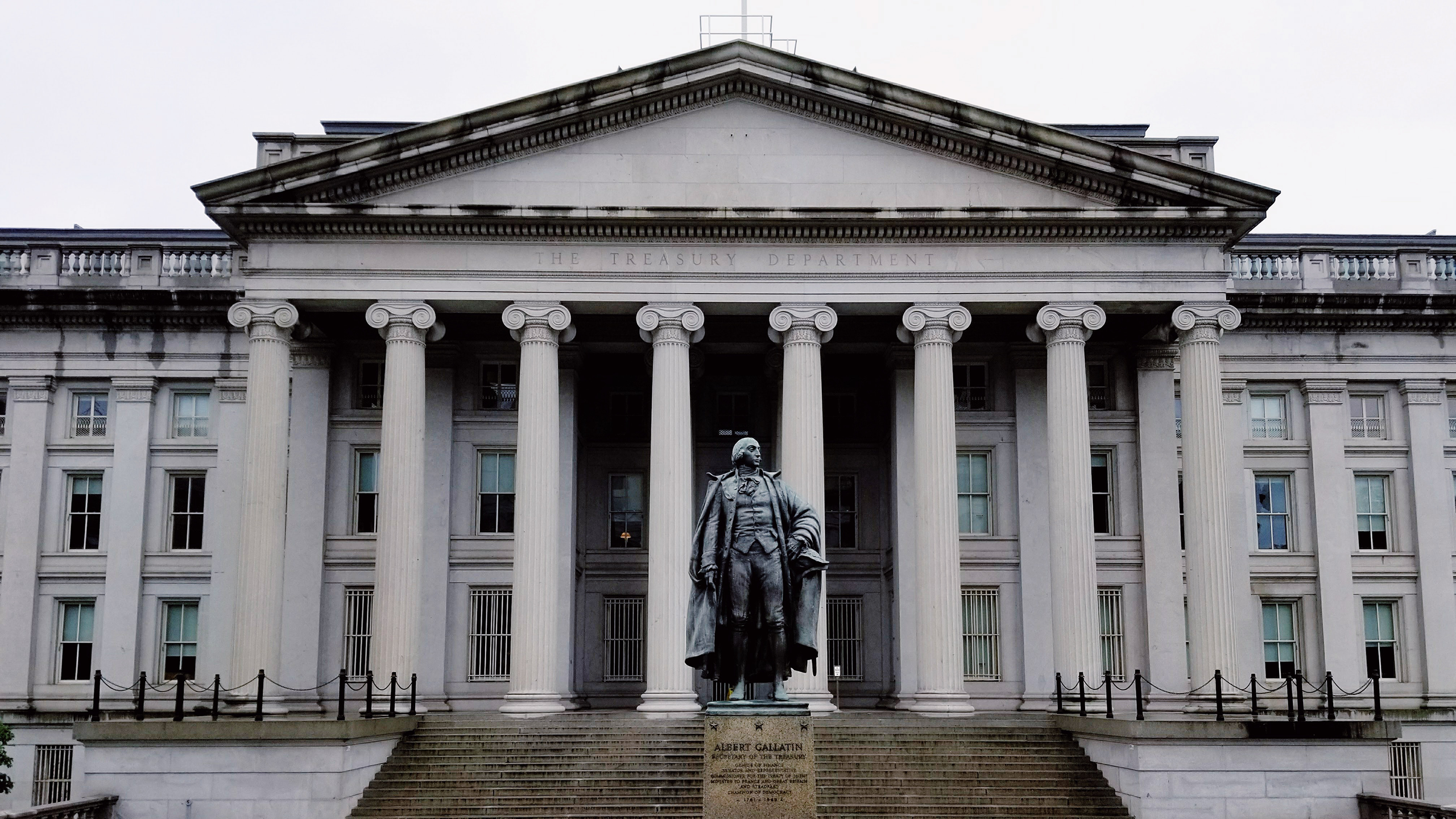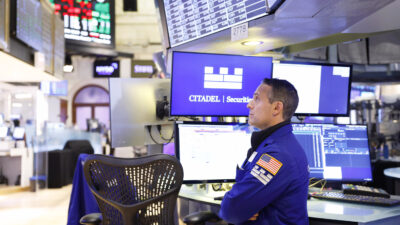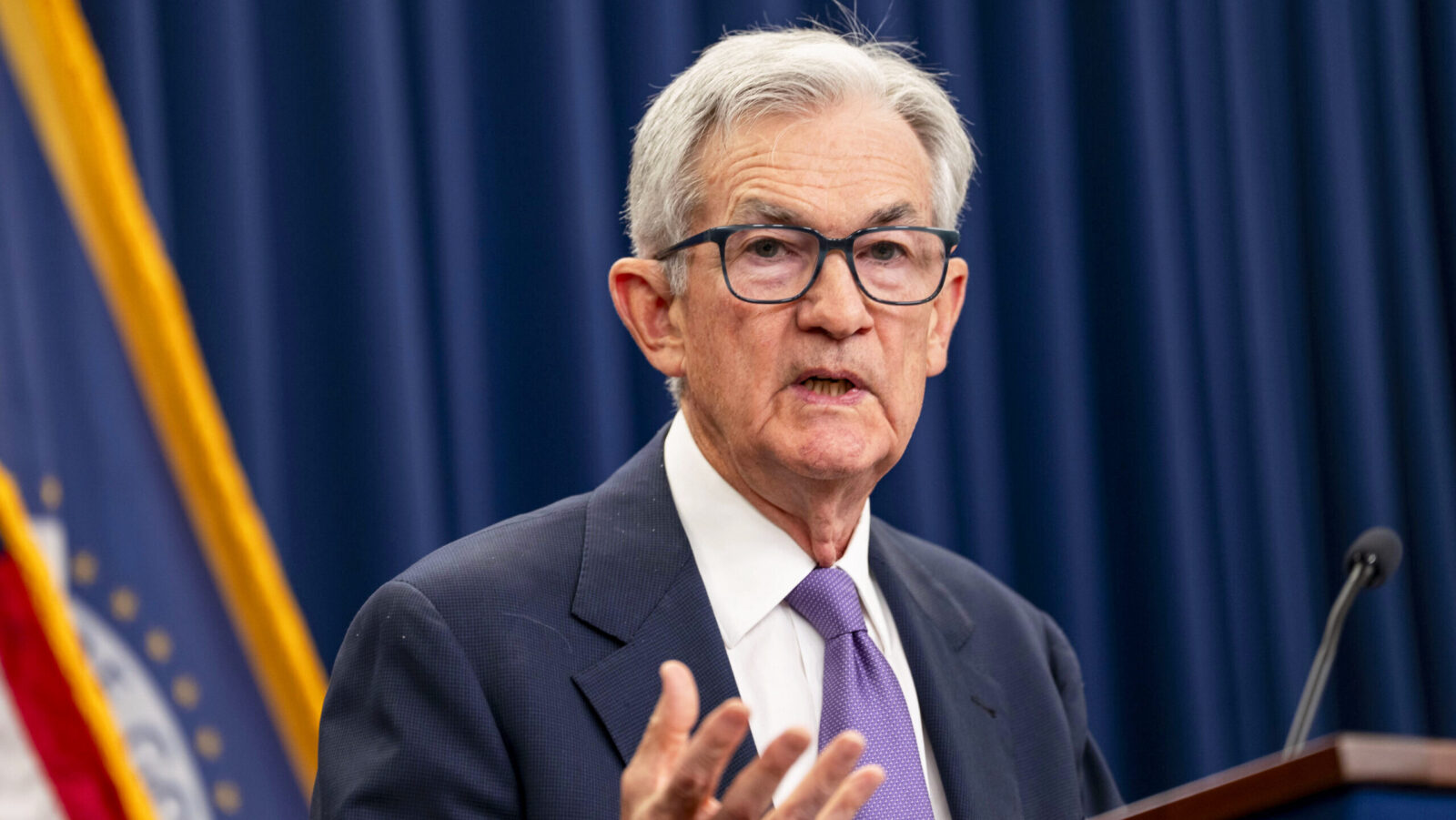Weak Treasury Auction Sends Stocks Tumbling
After the auction, the yield on the 20-year note rose to 5.125%, the highest level since back in November 2023.
Sign up for smart news, insights, and analysis on the biggest financial stories of the day.
What’s the difference between a US Treasury bond and an aspiring screenwriter in an LA coffee shop? The bond will eventually mature and make money.
That has long been the essential calculation making US debt one of the world’s most preferred safe haven investments. But on Wednesday, a weak 20-year Treasury auction and rising yields on other notes signaled weakening confidence in that premise. (The screenwriter still won’t make any money, though, so that half of the equation holds up).
Generating Interest
Last week, Moody’s became the last major credit rating agency to strip the United States of its perfect credit rating, citing administration after administration failing to rein in federal deficits and skyrocketing debt. Essentially, the credit rating downgrade means that the agency is slightly less assured of the US government’s ability to make good on what it owes.
It should be said that Moody’s, as well as competitors Fitch and Standard & Poor’s, still consider the US a very low credit risk, and the country has a pristine track record of paying its bills. But even a slight change in attitude toward US debt can have major consequences, as Wednesday showed:
- The US Treasury auctioned off $16 billion of newly issued 20-year bonds, but the government had to pay a yield of up to 5.046% to attract enough investors to complete the sale. That is considerably higher than the 4.81% when the Treasury auctioned off $13 billion worth of 20-year bonds last month and compares with a 4.613% average for the past half-dozen auctions.
- A higher yield at one of the Treasury’s regular auctions suggests weak demand because it means the Treasury had to offer greater returns to convince investors to buy government debt. Meanwhile, the current GOP spending plan, which narrowly passed the House in a pre-dawn vote Thursday and will now be debated in the Republican-controlled Senate, is projected to add $3.3 trillion to the national debt due to its inclusion of tax cuts and spending increases that aren’t offset elsewhere.
After the auction, the yield on the 20-year note rose to 5.125%, the highest since November 2023. Yields on other, more widely followed 10-year and 30-year notes closed at 4.595% and 5.089%, respectively, breaking through their traditional psychological barriers of 4.5% and 5%. A 10-year yield above 4.5% is viewed as a signal of inflation and growth risks, which can spook markets — accordingly, the Dow Jones Industrial Average fell 1.9% Wednesday, the S&P 500 shed 1.6%, and the Nasdaq 1.4%.
One Bullish Bank: Not everyone’s negative: Morgan Stanley analysts painted a bullish picture of US assets, except for one, in a note on Tuesday. They expect the S&P 500 to surpass 6,500 by mid-2026, up more than 10%, aided by interest rate cuts and withdrawal from a full-on trade war. They also expect the 10-year yield to stabilize at 3.45% by that time. The one asset they’re not counting on is the US dollar, which weakened by 0.5% against a basket of currencies on Wednesday — but, the bank noted, it expects a weak dollar to lift the income of America’s multinationals.












